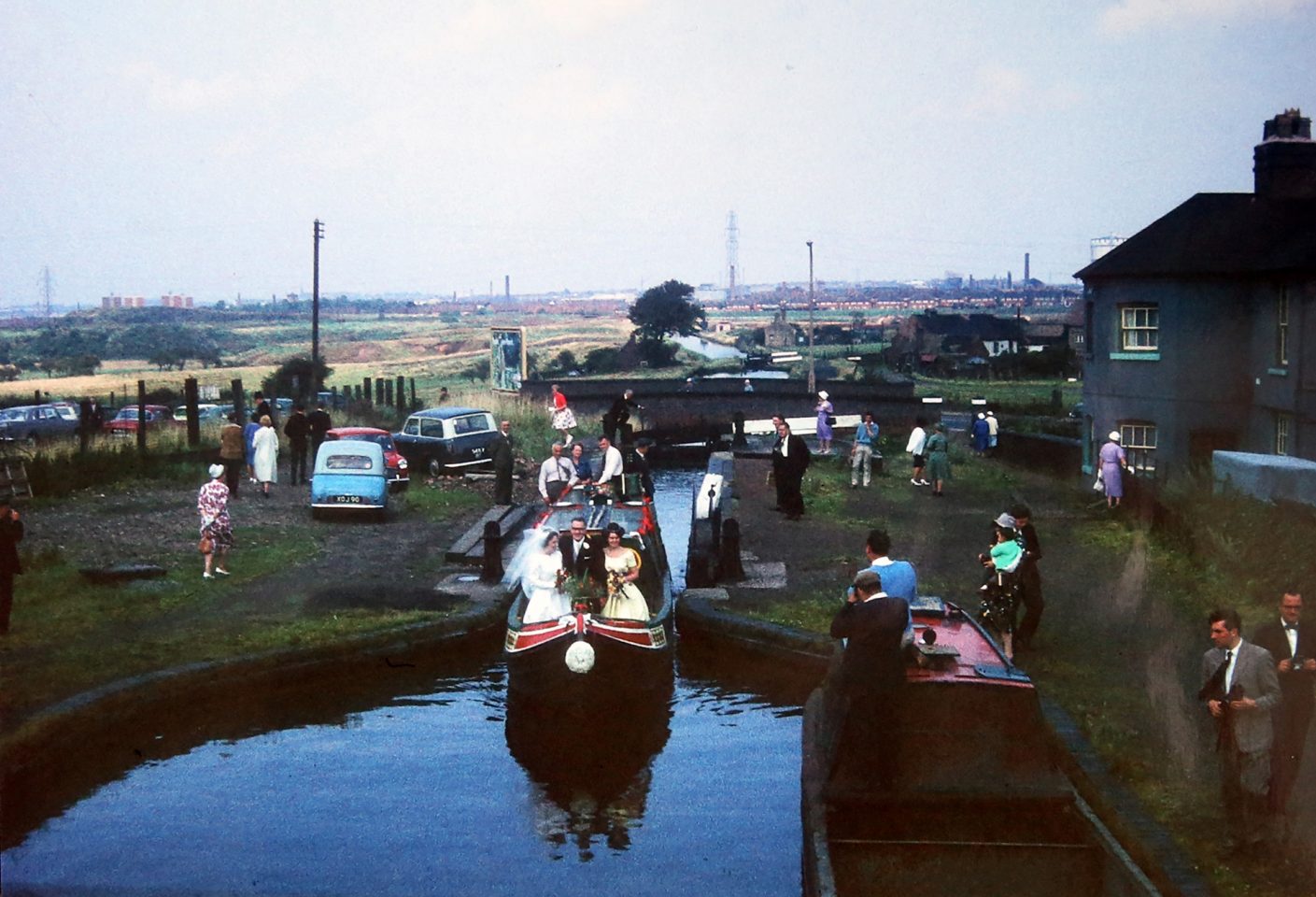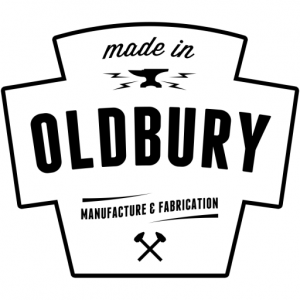ElaineWalker
New Member
I have just joined this forum to help me research a book on horses on the inland waterways - I am using archive records from various sources, but I'm also especially interested in family history, stories, old photos and memories, no matter how vague.
I'd be really interested in anything members have to share or even questions they feel need following up - my background as a writer is horses, rather than canals, though it was my husband's long-term interest in narrowboats that brought me to the subject, so I have some experience now, as we have a tiny narrowboat on the Shropshire Union near Chester.
I do have a flier about my project but I'm not sure if it's allowed to upload it here - maybe an admin will tell me.
I'd be happy to send it to anyone who wanted to see it - or, indeed, to send hard copies for local face-to-face history groups etc.
I'd be really interested in anything members have to share or even questions they feel need following up - my background as a writer is horses, rather than canals, though it was my husband's long-term interest in narrowboats that brought me to the subject, so I have some experience now, as we have a tiny narrowboat on the Shropshire Union near Chester.
I do have a flier about my project but I'm not sure if it's allowed to upload it here - maybe an admin will tell me.
I'd be happy to send it to anyone who wanted to see it - or, indeed, to send hard copies for local face-to-face history groups etc.








